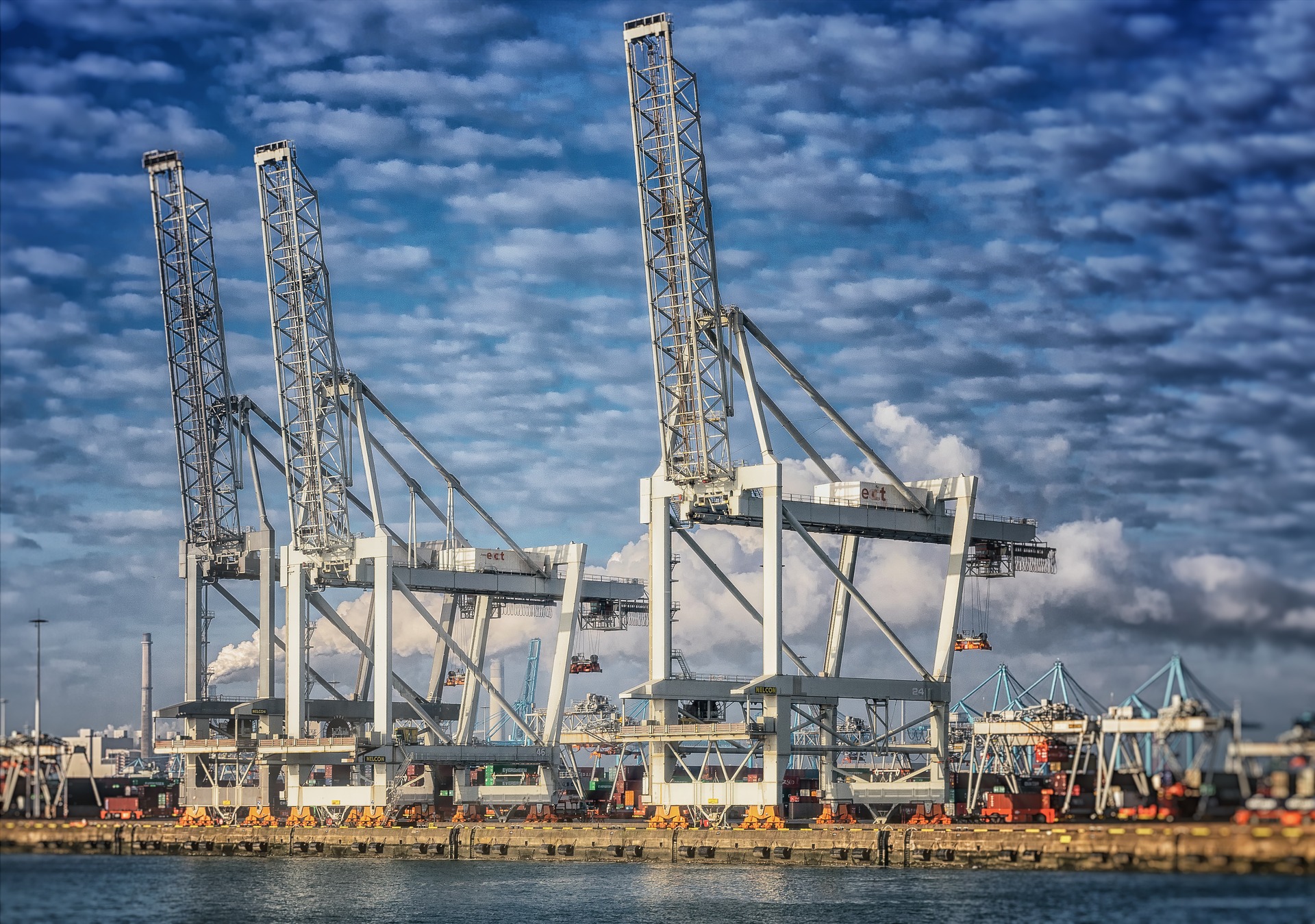
In an ongoing series exploring the effects of China’s Belt and Road Initiative on the cities involved, our next stop is the port of Rotterdam in The Netherlands, which must deal with increasing competition from land and sea as a result of China’s rise.
Billboard
Skyscrapper
Halfpage
In an ongoing series exploring the effects of China’s Belt and Road Initiative on the cities involved, our next stop is the port of Rotterdam in The Netherlands, which must deal with increasing competition from land and sea as a result of China’s rise.
After a third of its buildings were destroyed during the 1940 Nazi blitzkrieg invasion of The Netherlands, the Port of Rotterdam rose phoenix-like from the rubble to become the world’s busiest port by 1962.
Benefitting from its position at the entry point of Western Europe, a region that was (and, of course, continues to be) home to several of the world’s wealthiest countries, Rotterdam held this position for a remarkable stretch of over four decades, until it was finally overtaken in 2004, first by Singapore and then by the Chinese Port of Shanghai. Since then, it has fallen out of the top ten largest ports in the world and now lies eleventh behind eight Chinese ports, as well as the ports of Dubai and Singapore.
Rotterdam – gate of Europe?
This probably says as much about recent changes in China as it does about the fortunes of Rotterdam and Europe more broadly: China, a country with a population twice that of the whole of Europe, has merely begun to close the gap.
Even so, the trend is suggestive of a general direction of travel that’s worth exploring.
A big port with little to gain
As previous articles in this series have shown, China’s Belt and Road Initiative has largely targeted cities which will can be easily integrated into China’s trade routes and can directly benefit from the investment and technical and logistical expertise that China offers. As a port which was already developed, and already supported by a prosperous national economy, Rotterdam has relatively less to gain from Chinese support.
That said, the railway-based “Belt” half of the Belt and Road Initiative is likely to have at least some indirect impact on Rotterdam’s role in transnational trade.
From centre to periphery
Rail’s main advantage is that it offers a middle ground: less expensive (though slower) than air freight and faster (though more expensive) than ship freight. Whereas the journey from China to Rotterdam takes a ship well over a month to complete, and on average around 55 days, the same trip can now be completed within two weeks by rail. This middle ground is also achieved with markedly less carbon emissions, something which will become increasingly important in the century to come.
The trouble this poses for Rotterdam is that it lies on the very periphery of China’s budding transcontinental rail network, something which is underlined by the fact that other European nations had already conducted rail trade with China for several years before the first freight train from China arrived in Rotterdam on July 23 2015.
What’s more, the frequency of trains to Rotterdam remains considerably lower than it is for other European cities east of Rotterdam. As an article in the Dutch newspaper AD explains, while the number of trains that travel between China and Europe is now 24 each week, many of these don’t go beyond Germany, mostly ending up in Duisburg in Germany and other cities in Central and Eastern Europe.
This suggests that, as the rail network continues to develop, Rotterdam could become a progressively less essential source of international trade for other countries in the European heartland.
Panic in the press
This is certainly the fear expressed in the Dutch press, which has become increasingly panicked about China’s infrastructural development in recent years, seeing it as a direct threat to the country’s economy, and a general threat to the West’s global pre-eminence.
Surveying the facts on the ground, however, it’s hard not to conclude that Rotterdam will actually probably be fine. It’s a relatively wealthy city in a very wealthy country, whose diverse and highly developed economy is more than capable of riding the wave of change brought about by China’s global infrastructural development, taking advantage of new and improved connections with the European heartland and beyond.
The decline of Western global pre-eminence is very real, but really only significant because of how long it took to happen. So long as policymakers and port management swallow their pride and make the best of the new situation, nothing will change for countries that once stood out because the rest of the world had been held back by centuries of Western imperialism.












